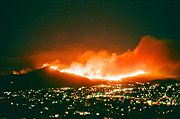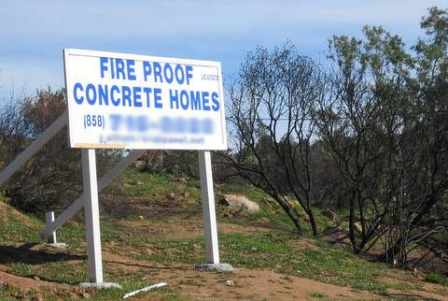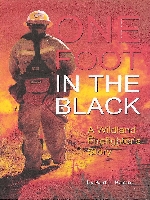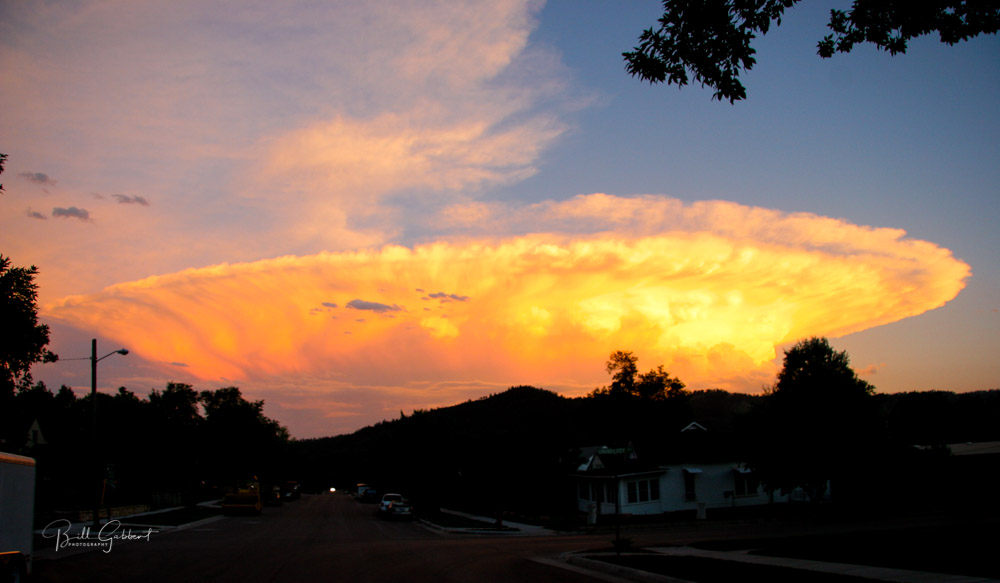 You may have heard of Glenn Beck. He appears on CNN Headline News and also has a nationally-syndicated radio show. I rarely agree with anything he says, but I just found out that on his October 22 radio show, while the Witch Creek, Harris, and other fires were burning in southern California, he said:
You may have heard of Glenn Beck. He appears on CNN Headline News and also has a nationally-syndicated radio show. I rarely agree with anything he says, but I just found out that on his October 22 radio show, while the Witch Creek, Harris, and other fires were burning in southern California, he said:
“I think there is a handful of people who hate America. Unfortunately for them, a lot of them are losing their homes in a forest fire today.”
Both fires started in eastern San Diego county and were pushed by strong Santa Ana winds into the outskirts of San Diego. In the Harris and Witch Creek fires, a total of 1,246 homes burned, 7 people were killed, and a CalFire engine crew was entrapped and seriously burned.
Beck contradicted himself several times, but his rationale is that since California is predominantly a Democratic state, and since he believes that Democrats “hate America”, that the homes of people who hate America were burning. Of course Beck is an idiot, but to say this while over 1,000 homes are burning and 500,000 residents are being evacuated is the height of irresponsibility, insensitivity, and stupidity.
According to Media Matters, Beck has also said
“it took me about a year to start hating the 9-11 victims’ families” and referred to Hurricane Katrina survivors as “scumbags”
(photo is of the Harris Fire burning on Mount San Miguel east of San Diego, October 23, 2007; from Wikipedia)



